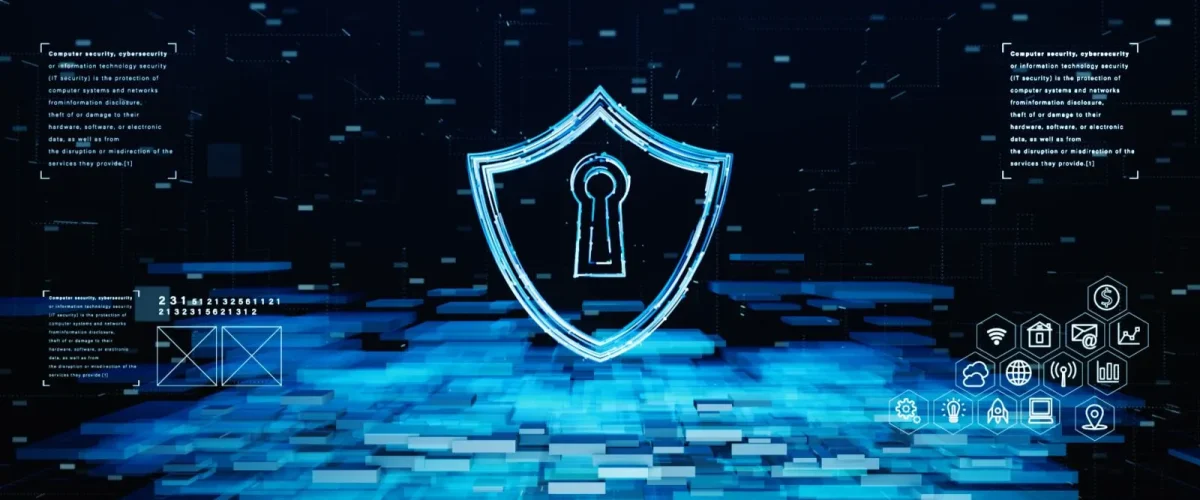Getting cyber insurance used to be about filling out forms and paying premiums. In 2025, it’s a whole new game—and the key player? The cyber insurance audit. It’s how you prove you’re secure enough to be insurable.
Cyber Insurance Audit in 2025 (Quick Answer)
A cyber insurance audit is a full-scale review of your organization’s cybersecurity posture. It checks everything from multi-factor authentication (MFA) and data backups to training, third-party risk, and executive involvement. This audit now decides your eligibility, premium pricing, and even if you qualify at all.
What Is a Cyber Insurance Audit?
Think of it as a digital health check. A cyber insurance audit checks your cybersecurity setup. It looks at your tech tools, policies, people, and how ready you are to handle attacks.
Why Cyber Insurance Audits Are a Big Deal Now
The cyber threat landscape is wild. Ransomware payouts doubled in 2023, and the global cyber insurance market is on track to hit $29 billion by 2027. Insurers are no longer playing defense—they’re expecting you to.
From Compliance Checklists to Real Risk Assessments
Cyber insurance audits used to be about checking boxes. Not anymore. Today, they assess everything from your firewalls to how often your team practices for an attack.
The 2025 Audit Checklist Isn’t Just IT Stuff
Insurers want to know:
- Are your employees trained?
- Do you have a tested incident response plan?
- Are third-party vendors monitored?
- Is your leadership involved in cybersecurity?
These questions reflect how cybersecurity is no longer just an IT problem—it’s a business risk.
When Do These Audits Happen?
| Audit Type | Trigger/Event | Timing |
|---|---|---|
| Pre-Policy Audit | Before coverage begins | Initial setup phase |
| Renewal Audit | Policy renewal cycle | Annually or biannually |
| Mid-Term Audit | Major system changes, mergers, or alerts | As needed |
| Post-Claim Audit | After a cyberattack or breach | Immediately post-claim |
Pre-Policy Audits
Before coverage starts, insurers will vet your setup. Fail this, and your policy might be denied.
Renewal Audits
Expect a re-check when it’s time to renew. Improved security could get you a better rate.
Mid-Term or Triggered Audits
Big company changes? Data breach? Expect a follow-up audit.
Post-Claim Audits
Just got hacked? Insurers will dig deep to see if you had the right protections in place.
The Core Five: What Insurers Demand in 2025
Here are the top audit elements insurers check in 2025—and how they can impact your cyber insurance premiums.
| Core Audit Requirement | What Insurers Check For | Premium Impact |
|---|---|---|
| Multi-Factor Authentication | Enforced MFA for admin & remote access with adaptive features | ↓ 10–15% |
| Air-Gapped Backups | Offline or immutable cloud storage, tested regularly | ↓ 5–10% |
| EDR/XDR | Real-time detection, automated response, regular updates | ↓ 10–20% |
| Email Security | SPF, DKIM, DMARC, phishing protection, and user training | ↓ 5–10% |
| Network Segmentation | Zero-trust architecture and lateral movement prevention | ↓ 5–10% |
These elements are deal-breakers in any serious cyber insurance audit.
1. Multi-Factor Authentication (MFA)
Over half of insurers demand MFA for all admin and remote access accounts. No MFA?
No policy. Period. And we’re talking about advanced MFA too—with context-aware triggers like location and behavior.
2. Air-Gapped, Immutable Backups
Ransomware can lock your files. Insurers want proof that you’ve got backups stored offline or in unchangeable cloud storage.
3. Endpoint Detection and Response (EDR/XDR)
EDR tools are essential to spot threats in real-time. Old-school antivirus isn’t enough. Insurers now look at how these systems are configured and updated.
4. Email Security
Since 60% of breaches start with email, insurers expect layers of protection: SPF, DKIM, DMARC, and phishing detection tools.
5. Network Segmentation
Insurers want proof you’ve broken your network into security zones to limit how far an attacker can move if they get in.
Risk Assessments Are Getting Smarter
Automated Tools Meet Human Insight
Sure, scanners check for open ports and weak passwords. But human evaluators assess your leadership’s involvement, training programs, and how well security fits into business goals.
Evaluating Third-Party Risk
Vendors can be a weak link. Auditors now expect formal third-party evaluations, with contractual standards and regular check-ins.
Predictive Scoring
Insurers use data to predict if you’re likely to stay secure. They factor in your security team’s skill level, budgets, and how quickly you adapt to new threats.
Common Red Flags That Sink Audit Results
Weak MFA Deployment
If admin accounts don’t have enforced MFA, that’s a big red flag. And “partial MFA” won’t save you.
Bad Backup Practices
If backups are synced to the cloud but not isolated or tested, insurers will see you as high risk.
Poor Security Training
No simulated phishing tests? Outdated training modules? These signal that your team could fall for simple scams.
How to Get Ready for a Cyber Insurance Audit
Do a Self-Audit First
Use an audit checklist to run your own tests before insurers do. Flag weaknesses, document policies, and test your team.
Centralize Documentation
Auditors want receipts—literally. Have a central place for:
- Security policies
- Risk assessments
- Incident response playbooks
- Training records
Get Expert Help
Consultants or managed security services (MSSPs) can prep you, validate your defenses, and boost your audit score.
Premiums: How Much Can You Save?
The Investment-Premium Equation
A solid security setup can lower your premiums by 20% to 40%, while weak setups could spike costs by 50%.
Real-World Savings Examples
- MFA = 10-15% lower premiums
- Immutable backups = 5-10% discount
- EDR/XDR = Up to 20% off your policy
JumpCloud reports that insurers are now aligning pricing directly with technical setups.
Much like figuring out how much gap insurance costs, understanding audit-readiness factors can help you reduce expenses.
Sector-Specific Trends
Healthcare
Premiums are high due to patient data sensitivity and strict HIPAA rules.
Manufacturing
Insurers worry about vulnerable operational tech and supply chains.
Financial Services
These firms tend to pay less because they already operate under strict security frameworks.
Insights from Industry Leaders
NIST Framework = Audit Gold
Aligning with the NIST Cybersecurity Framework makes your insurer’s job easy. It shows your cybersecurity posture is structured, tested, and improving over time.
Governance Matters
Insurers prefer companies with board-level security oversight. Munich Re says these firms have fewer serious incidents.
Insurer-Cyber Firm Partnerships
Some insurers now work with security providers. They offer discounts and faster claims for companies that use approved security tools.
Don’t Treat the Audit as a Nuisance
The audit is a spotlight, not a searchlight. If you’re secure, it shows. If you’re not, it helps you improve before a real attacker comes knocking.
Final Word: Audits Are Here to Stay
Cyber insurance audits aren’t just a phase. They’re now a core part of how insurers manage their own risk—and how you can prove you’re serious about yours.
Show up prepared, invest smartly, and you won’t just pass the audit—you might even pay less for doing so.




